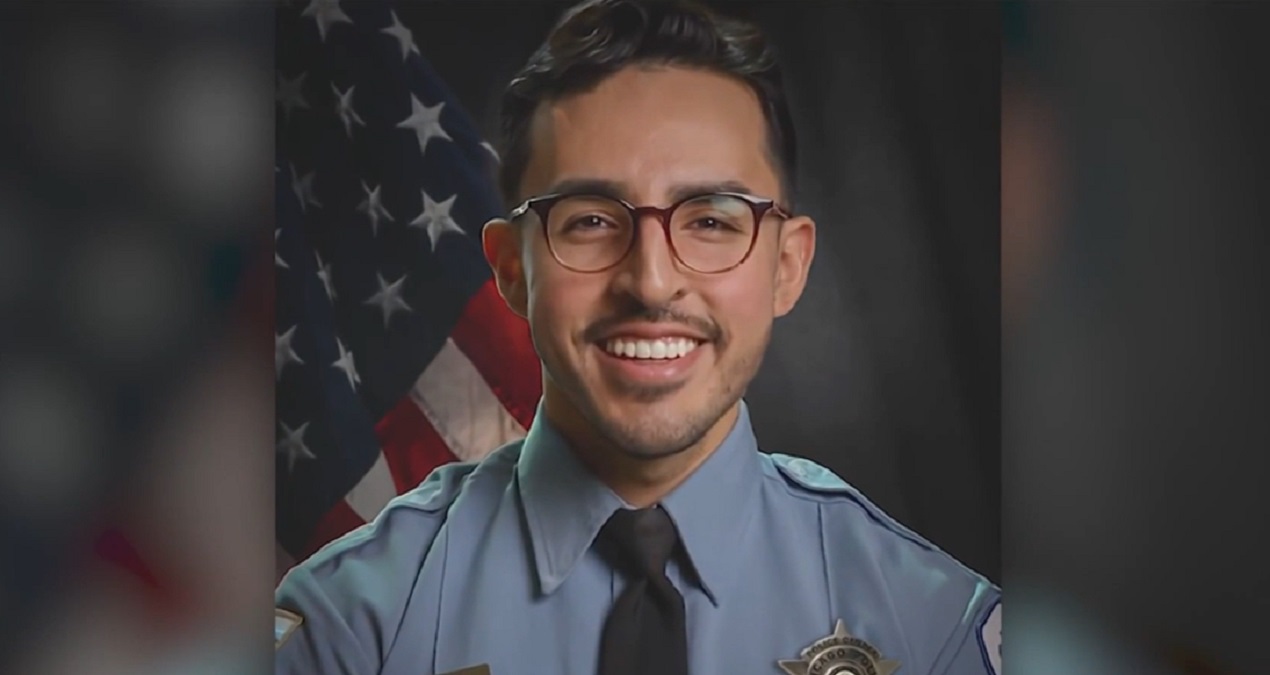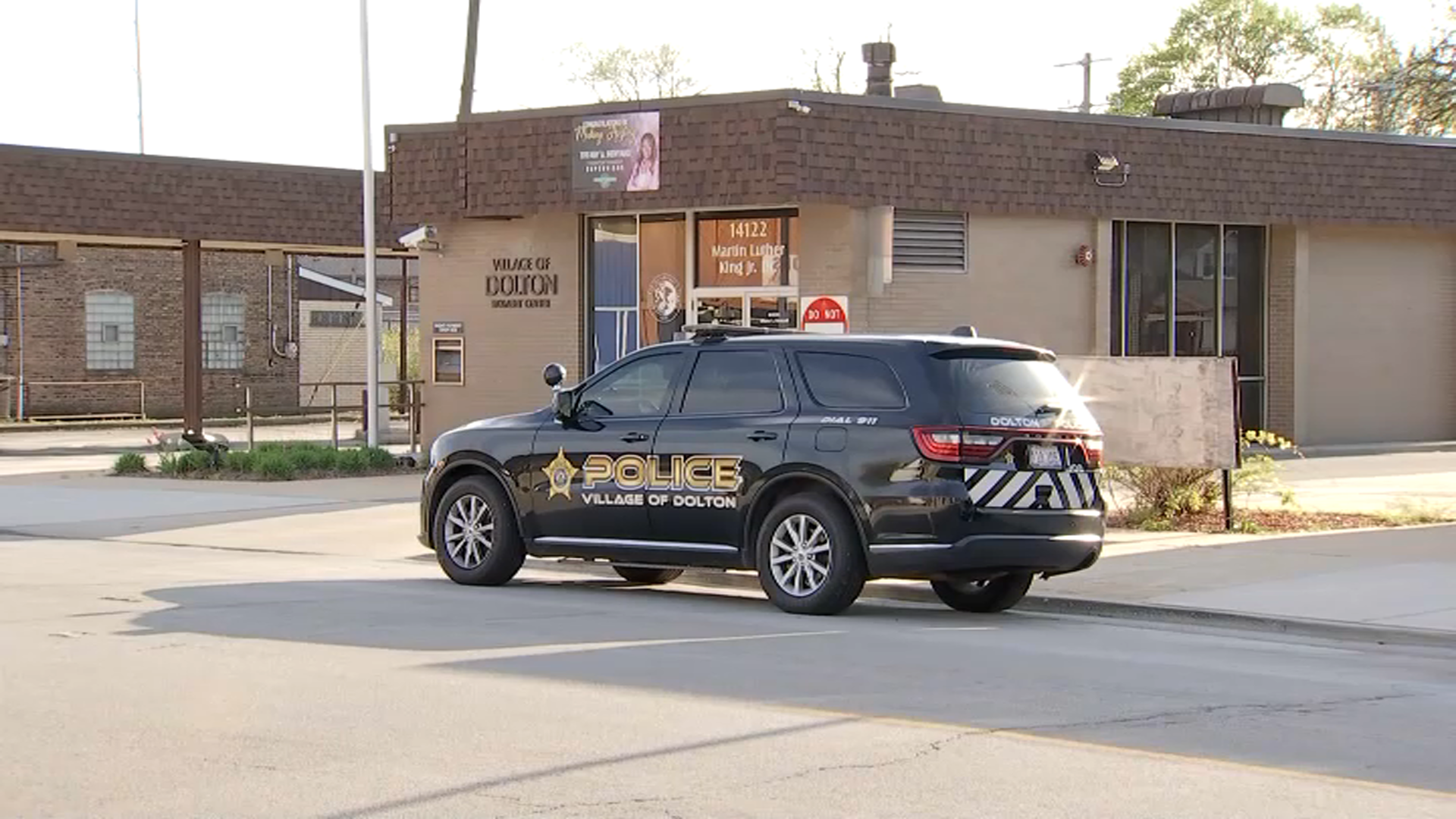There is only one thing standing between the City of Chicago and completion of runway 10-center at O’Hare: St. Johannes cemetery.
The city won a protracted legal battle to disinter the bodies in the cemetery, and move them to other locations. But not everyone is happy with the process. It should be done in a fashion that assures us that the remains of our loved ones have been finally moved, and will not just be part of concrete for a new runway,” says Chicagoan Bob Sell. “These are not new concerns."
Sell counts five generations of relatives at St. Johannes, dating back to 1859. It was his family which fought the move, on religious grounds, in court. And he says those same beliefs lead to his current concerns about the manner in which the bodies are being moved.
Scores of the burials at St. Johannes were from an earlier era, where vaults were not used.
In many cases, the coffins and human remains have become intermingled with the soil around them. They’re talking about treating these burial sites as if they’re an archeological project,” Sell says.
“They’re intending as we understand it, to use an archeologist, who would simply look for particular bone fragments that can be identified.”
Sell says he and his family want all of the soil surrounding their loved ones’ remains moved, not just the bones which might be sifted from the dirt. And they want to watch that happen.
“That is, to allow us to witness and be aware that the remains of our loved ones have not been left behind.”
For their part, Chicago aviation officials insist they are making every effort to be sensitive to the concerns of the St. Johannes families, and insist many relatives who have been through the process have been complimentary of those doing the work.
“People have actually taken the time to write in, to say how impressed they were,” says Aviation Commissioner Rosemarie Andolino. “We’ve received accolades about their mannerisms, their handling of these situations, their sensitivity, and their respect.”
But Sell says his concerns don’t stop with the sifting of the dirt. He wants the ability to conduct a graveside religious service at the time of the disinterment, and says he has only been told that his family can observe from an undetermined location.
“For us, it’s critically important to have a ceremony. That’s similar to a burial, and allows for family participation.”
Andolino says clergy are permitted to be present. “There is an area, that family and clergy can be in. Again, we have a problem involving safety. We have to insure the safety of the people that are coming, and the workers that are there as well.”
Another issue is the problem of exactly who constitutes next-of-kin. Some interfamily squabbles have developed, over who has authority to grant a move to a given cemetery.
Alice Ashley, who now lives in
Florida complained that someone has granted the City of Chicago permission to move four of her relatives to a cemetery in Elmhurst. She doesn’t want them moved at all, but says if it has to happen, she wants them re-buried at a different cemetery in
Schiller Park. “It’s nothing but a big mess,” says Ashley.
“Why does someone else have authority over me?”
Chicago officials say they employ a standard to determine who has the appropriate say for the eventual disposition of every grave.
“There is a genealogical standard of proof that we follow,” Andolino says. St. Johannes became a final resting place for scores of families, long before the Wright Brothers were even born. Their creation forced its relocation. It has been a rocky road which has dragged through the courts for years, and many remain uncomfortable, even now. We don’t look at them as simply bones in the ground,” Sell says. “We look at them as family. We look at them as brothers and sisters in faith.



